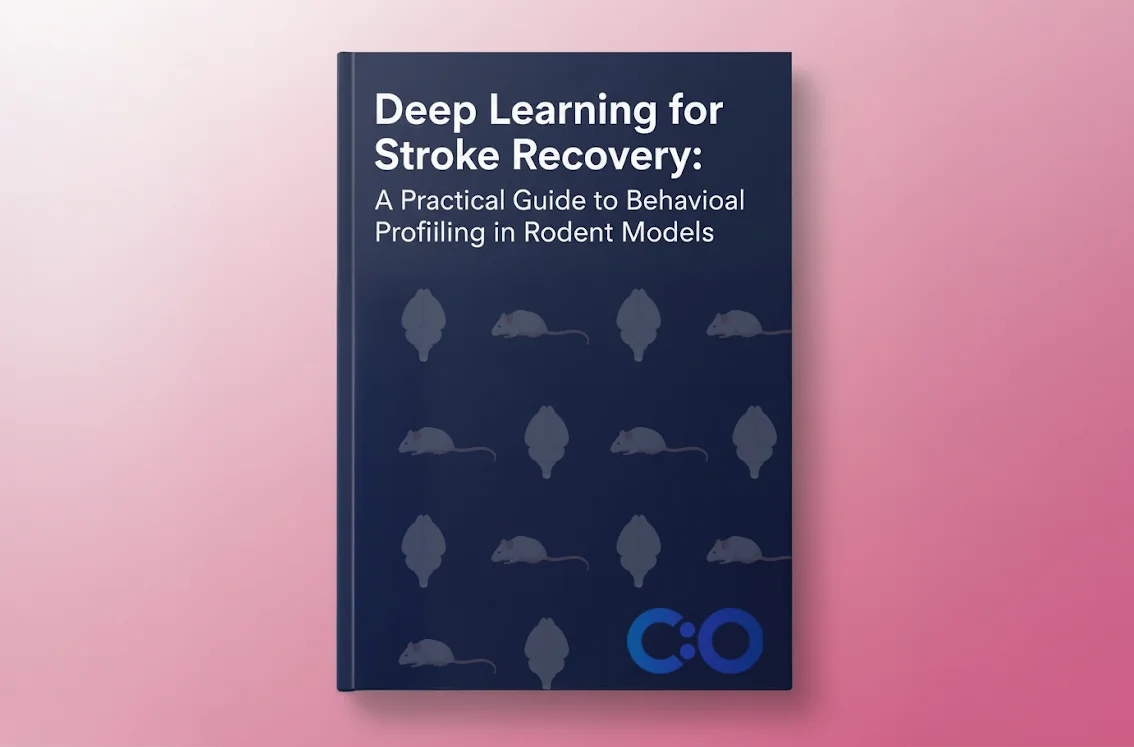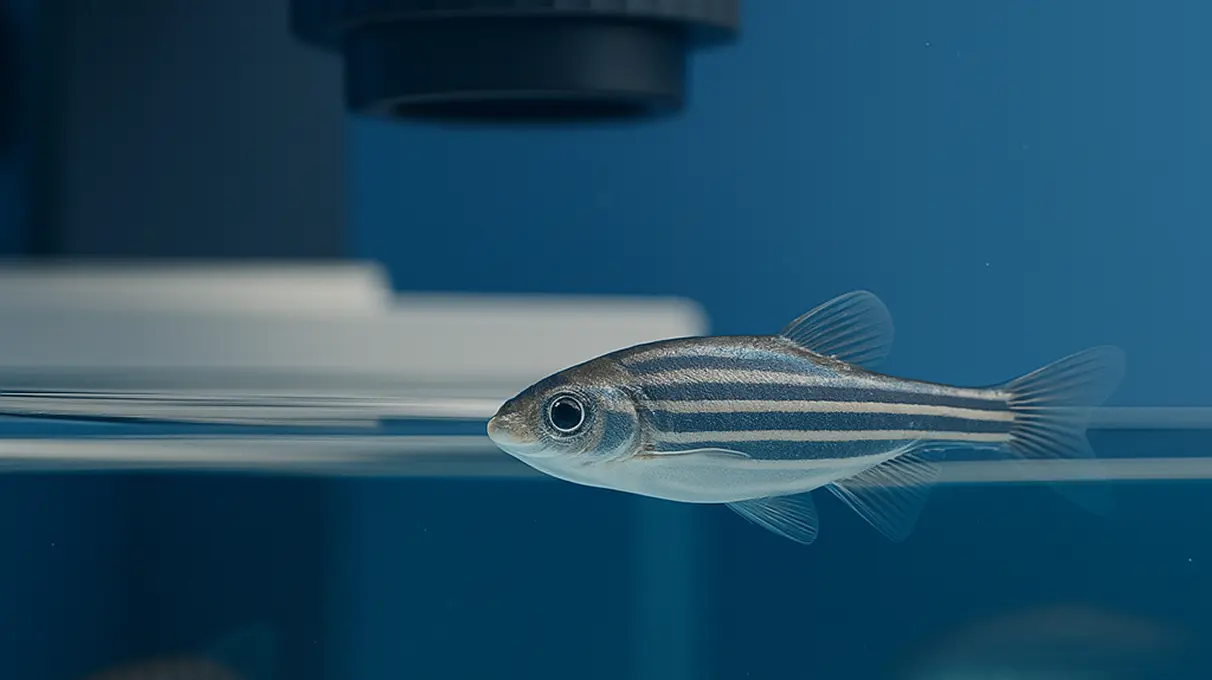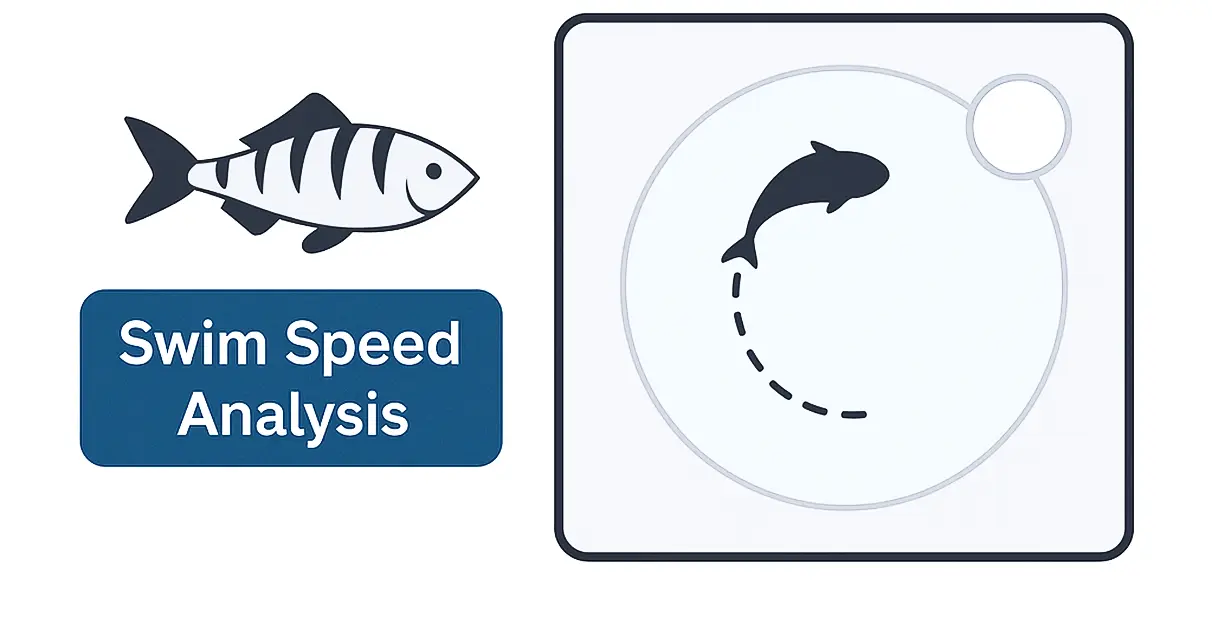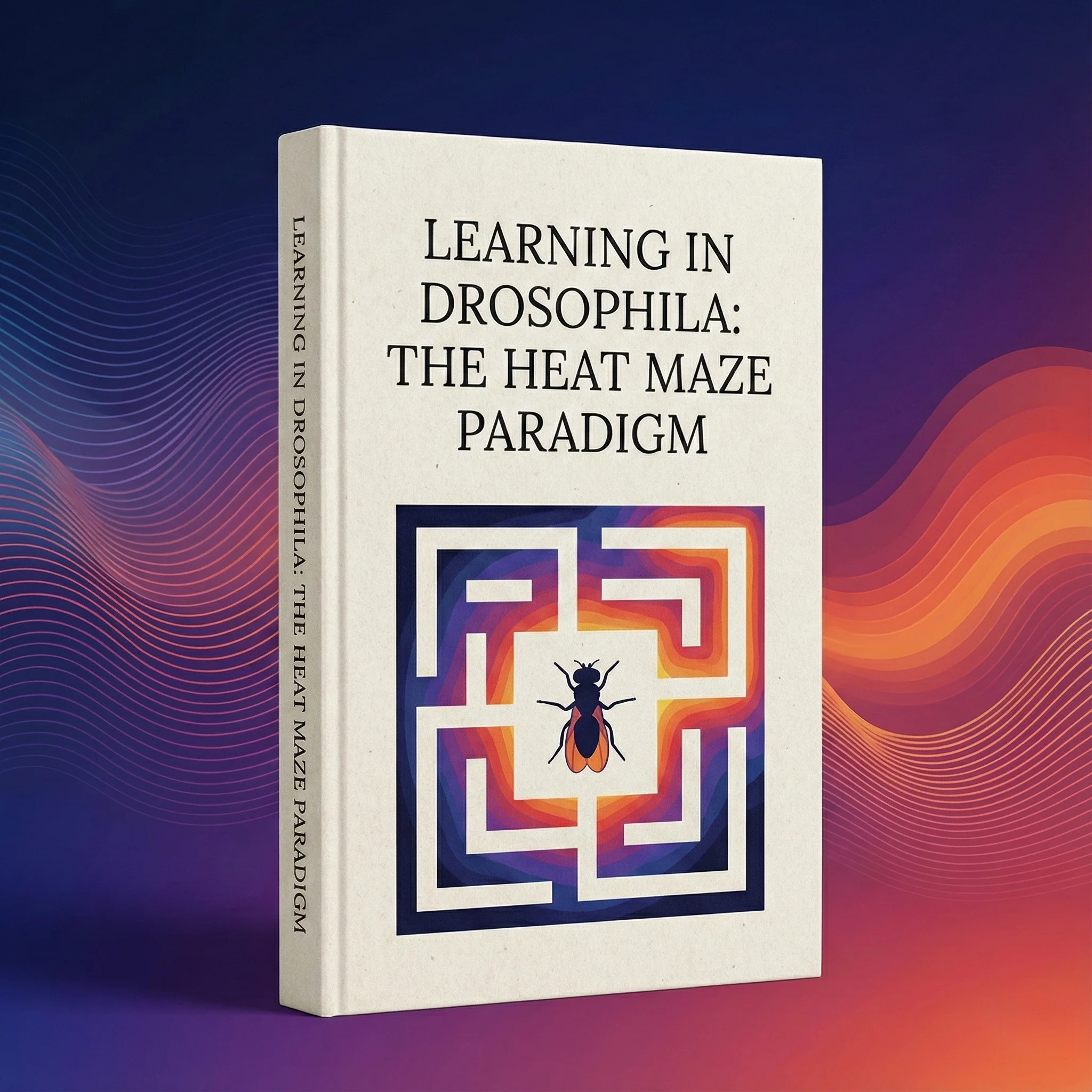
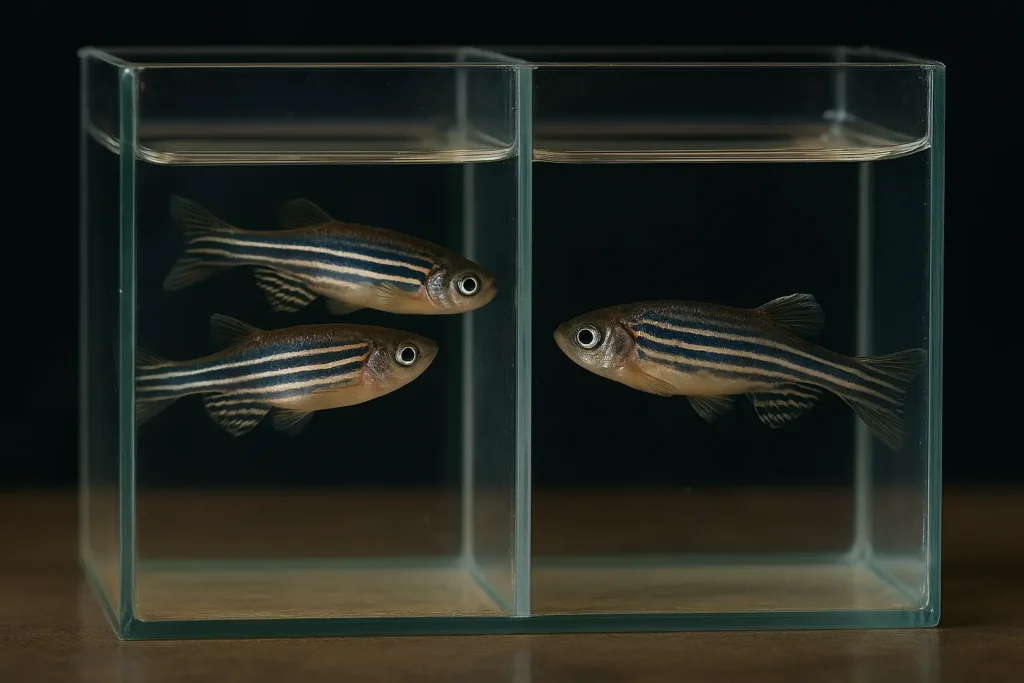
If you’ve ever paused to watch a school of fish, you’ve witnessed a silent dance—an unspoken connection that binds them together. But beneath this coordinated movement is something more than instinct; it is a window into the mind, a reflection of how animals, including humans, understand and connect with one another. This silent choreography is what scientists call social preference.
In the world of behavioral neuroscience, zebrafish (Danio rerio) have emerged as a powerful model organism for studying social preference. These small, striped fish do more than just swim together; they reveal the fundamental principles of social behavior, providing insights into the neurobiology of connection, recognition, and interaction.
But what exactly is social preference? And why does it matter—not just for fish, but for us?
Social preference is the innate tendency of zebrafish to seek out and remain near their peers. In the wild, this behavior is more than just a social habit—it is a survival strategy. By sticking together, zebrafish reduce their risk of predation, gain access to social learning, and find mates more easily. But in the laboratory, social preference becomes a window into the brain—a measurable behavior that reflects how an animal perceives its world and its companions.
But not all zebrafish are equally social. Some show a strong preference for company, while others keep their distance. These differences are not random—they are reflections of each fish’s internal state, shaped by genetics, environment, and experience.
At the heart of social preference is a complex network of neural pathways. In zebrafish, this social inclination is governed by several key neurotransmitter systems:

Social preference is not just a matter of neurobiology—it is deeply influenced by the environment. Even subtle changes in surroundings can reshape how zebrafish interact.
This sensitivity makes social preference an excellent tool for eco-toxicology, where disrupted social behavior can reveal the effects of environmental toxins.
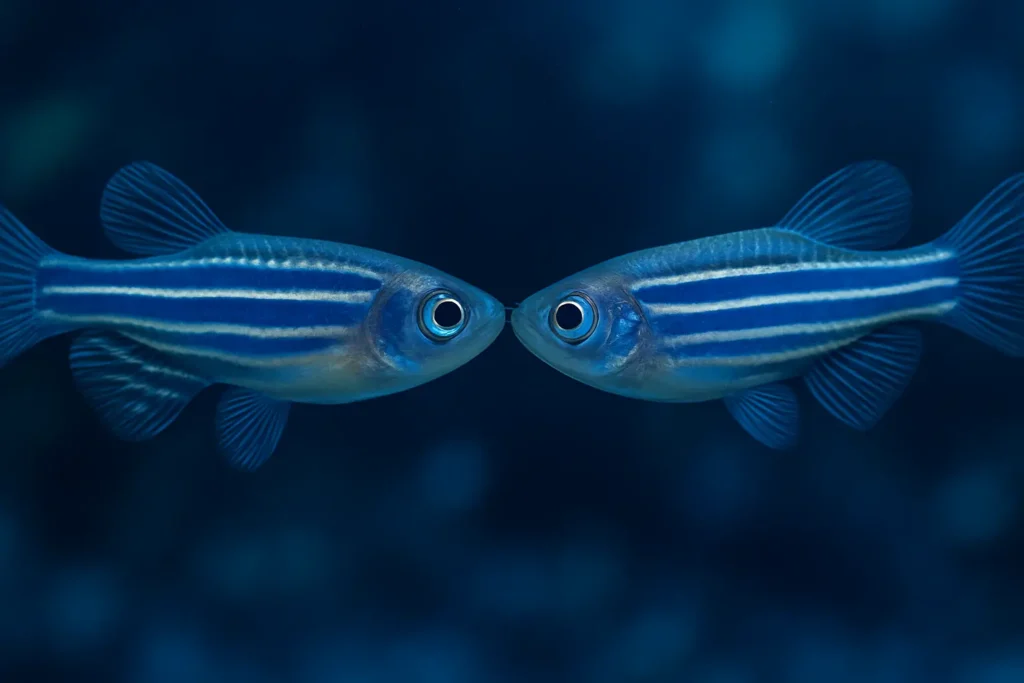
Social preference is more than just a friendly swim—it is a behavioral fingerprint of mental and emotional health. When zebrafish show reduced social preference, it often reflects an underlying problem in their brain. This makes them a valuable model for studying psychiatric disorders.
Social preference is not just a tool for basic research—it is a foundation for the future of precision medicine, drug discovery, and mental health research. As technology advances, so does our ability to study social behavior with greater depth and precision.
Clinical trials can use these insights to develop more effective treatments for psychiatric and neurodevelopmental disorders.
Social preference in zebrafish may look like a simple swim, but it is so much more. It is a reflection of how brains connect, how emotions are regulated, and how individuals recognize each other. In these tiny, striped fish, we see the same forces that drive human connection—the need to be close, to learn, to protect, and to belong.
At Conduct Science, we provide the tools to make this hidden language of social behavior visible—helping researchers around the world decode the mysteries of the social brain.
Written by researchers, for researchers — powered by Conduct Science.

